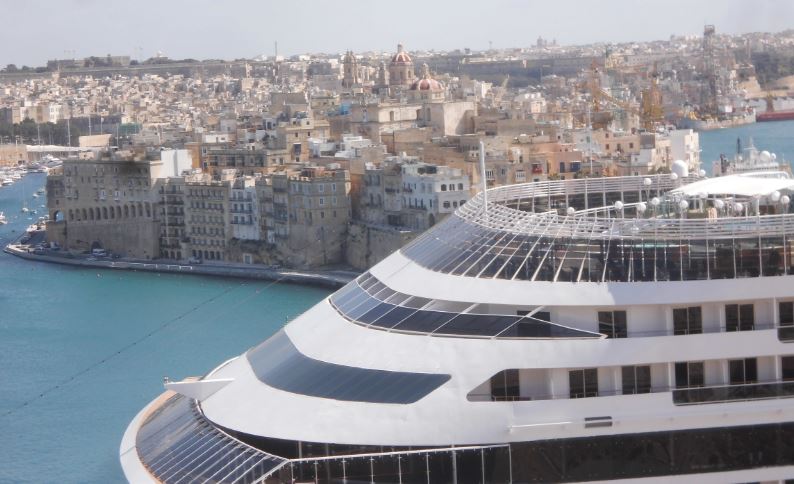
I was a latecomer to cruising, but I have really embraced holidays on the high seas. With nine cruises under my belt in less than three years, and another two planned already for the first half of 2016, I’ve learnt a few things about booking cruises and making the most out of them.
This is the first in a series of posts for newbies to cruising. Hopefully, I’ll encourage a few people to take the leap into unknown waters without hitting their head in the shallow end.
The truth is that all cruises, and all cruise companies, are not the same. All cruise ships are not, as one friend of mine put it, “floating working-men’s clubs” — although some of them certainly are.
There are a lot of different operators out there (although, ultimately, they are owned by just a handful of companies), and they target different clientele. They offer different experiences and in different price ranges.
The first thing a newbie has to ask himself or herself is: what kind of experience do I want to have? Do you want something familiar, or something exotic? By this, I mean, if you are, for example, British, do you want to be on a boat that sticks close to home and whose passengers are mainly also British? If that’s the case, you’d probably be looking at sailing out of Southampton or another UK port with Fred. Olsen, P&O, Cruise and Maritime Voyages, Thompson (TUC) or Princess.
Americans tend to favour Carnival, Holland America, Royal Caribbean or Norwegian (NCL), sailing out of various US ports, most of them in Florida. The Germans have Aida, the Italians have Costa and MSC, the Spanish have Pullmantur, and so on.
Of course, just about any cruise line will take your money and if you speak English — which I presume you do because you’re reading these words — you’ll get by on just about any ship. The difference will be that you may have to wait a little longer to hear an announcement you can understand, or — if you’re particularly fussy or xenophobic — you may have a problem with the food and/or the entertainment program.
Most modern ships in the affordable category offer similar creature comforts, but it is certainly worth Googling any vessel you intend to travel on to see that it has what you expect in the way of pools, spas, beauty treatments, casino, bars, restaurants… whatever.
Of course, you may be more interested in the stopovers than the ship itself. The ports of call can make all the difference. I’ll go into excursions in another post, but let it suffice to say that there are good arguments for and against booking the trips offered by the cruise operator as opposed to those you can book independently. From my many onboard conversations, I gather that experiences cruisers tend to do their own thing.
If you have a lot of money to spend, you’ll be looking at the high-end offerings of Windstar, Seabourn, Silversea and other small but luxurious lines. If money’s a little tight, then you really need to shop around.
I do all my own searching online, then book directly through the cruise company’s website, but you may find it easier to go to a travel agency or to use an online comparison site.
The one thing you should do is ensure that the experience you’re buying is the one you want. An experienced travel agent with a reputation to defend will do her or his best to steer you in the right direction. Websites such as cruisecritic are also very handy, because they include reviews from previous passengers.
A word of warning: some people are hard to please, have had an unusually bad experience or are malicious, so their advice may be tainted. Equally, others see the world through rose-coloured glasses and are so happy to go with the flow that they overlook things that make others angry. So, try to read between the lines and seek out several independent reviews before you are persuaded or dissuaded.
That’s enough for now. There’ll be further tips in future posts.
